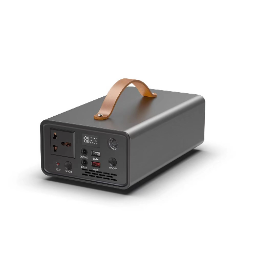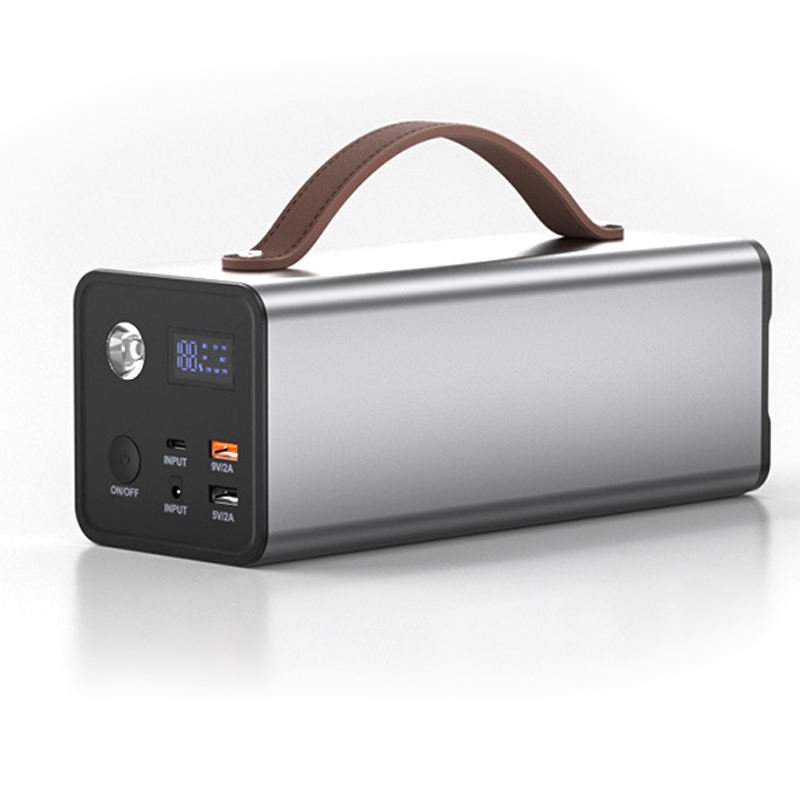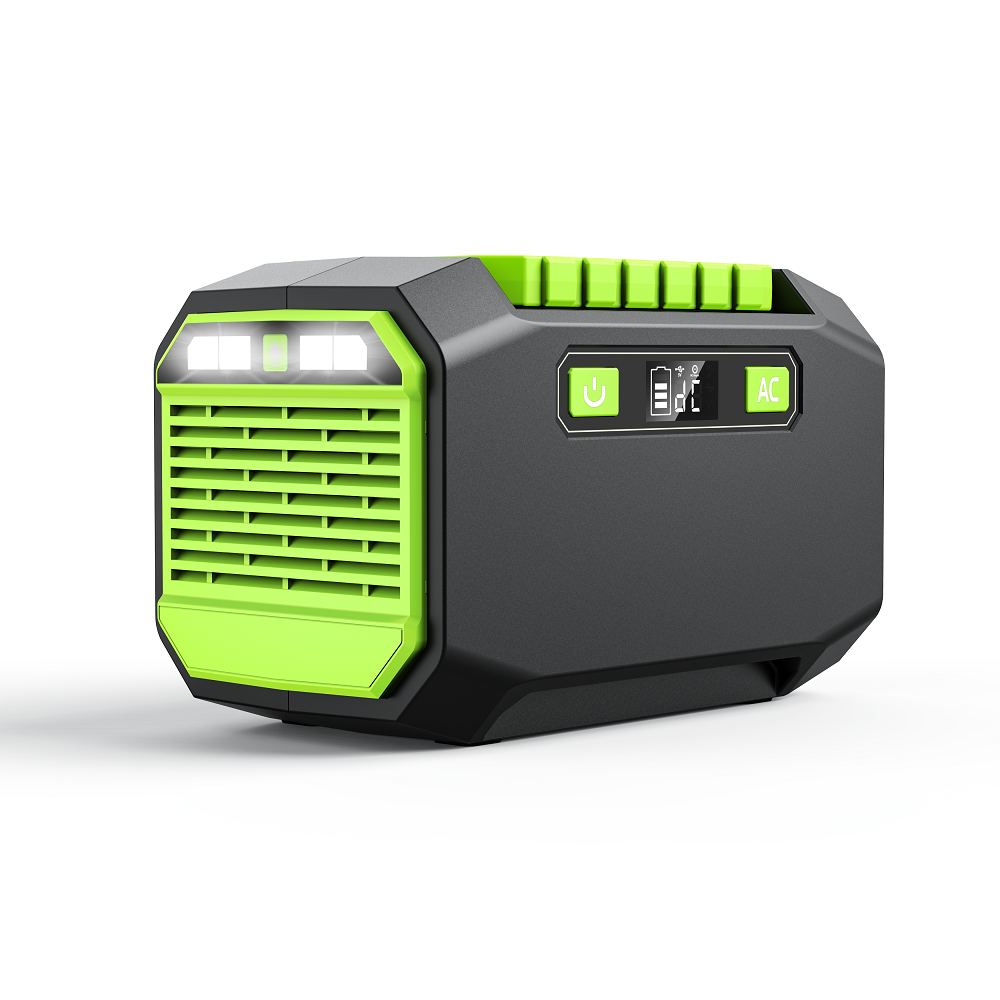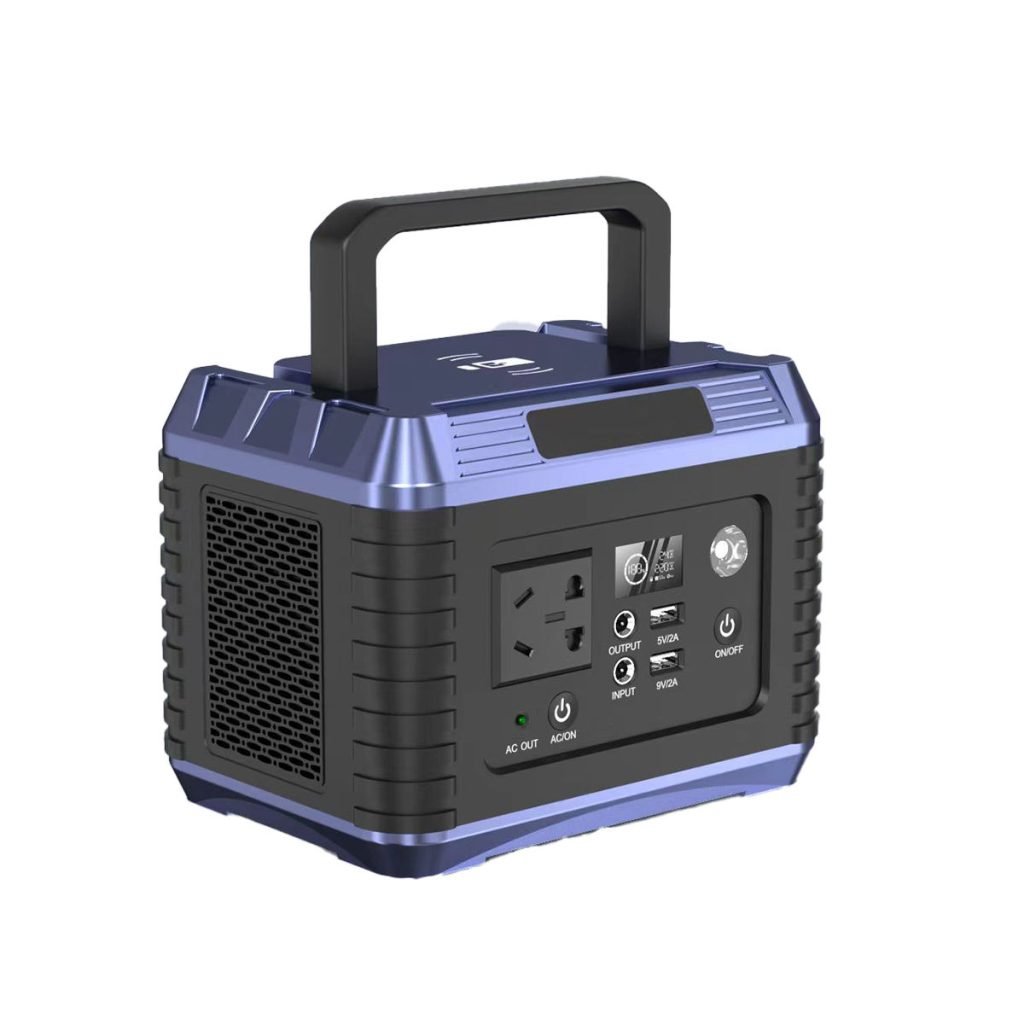When choosing a portable power station, it’s essential to consider how much weight and size you’re willing to compromise for added features. A highly portable unit may have a lower capacity, limiting its ability to power multiple devices or high-wattage appliances. Conversely, a larger, feature-rich model might be too cumbersome for outdoor activities or travel. Finding the right balance ensures you get a power station that is easy to transport while still meeting your power requirements.
How Different Needs Impact Your Decision
| Need | Requirements | Key Features |
|---|---|---|
| Camping | Lightweight and compact power station; sufficient capacity for devices like phones, cameras, and small cooking appliances. | Solar charging capabilities, compact design |
| Emergency Use | High reliability and power capacity; ability to handle essential appliances such as refrigerators and medical devices. | Multiple AC outlets, fast charging options |
| Worksite | Higher power output and durability to support tools and equipment that require more wattage. | Rugged design, multiple output ports, extended battery life |
Portability Considerations
| Consideration | Description |
|---|---|
| Weight | Choose a power station that is light enough to carry easily without sacrificing too much capacity. |
| Size | Look for a compact design that fits your vehicle or storage space comfortably. |
| Handle/Straps | Ensure it has sturdy handles or straps for easy transport. |
| Durability | Select a rugged model that can withstand the rigors of travel and outdoor use. |
| Battery Type | Consider lithium batteries for a lighter weight and longer lifespan compared to lead-acid options. |
| Charging Options | Consider versatile charging methods (e.g., AC, solar, car) to ensure flexibility in various settings. |
Size and Weight
The Impact of Battery Capacity on Weight and Size:
Battery capacity significantly influences the overall dimensions and weight of portable power stations. Higher capacity batteries, essential for extended usage, generally lead to heavier and bulkier units. This can affect user experience, especially when portability is a priority. Understanding this relationship helps consumers make informed decisions based on their power needs and mobility requirements.
Choosing Lighter Models for Travel or Portability:
| Aspect | Details |
|---|---|
| Importance of Weight | Lighter models reduce the burden during transit and enhance convenience during outdoor activities. |
| Accessibility | Lightweight options allow users to maintain power accessibility without compromising mobility. |
| Travel Experience | Prioritizing lightweight designs can significantly improve the overall travel experience by making carrying and transporting power stations easier. |
| Examples of Lightweight Models | Look for power stations under a specific weight threshold (e.g., under 10 lbs) that offer essential features and sufficient battery capacity. |
Handle and Mobility
Integrated Handles, Wheels, or Other Design Elements that Aid in Transportation:
Design features like integrated handles and wheels are vital in enhancing mobility. A well-placed handle allows for easy carrying, while wheels can make transporting larger units effortless. Additional design elements, such as collapsible handles or ergonomic grips, further improve user experience, making it more straightforward to maneuver power stations in various environments, from campsites to urban settings.
Compactness
Whether the Power Station Fits Easily in a Vehicle, Bag, or Storage Space:
The compactness of a power station is essential for practical use. A model that fits easily in a vehicle, backpack, or storage area ensures users can take it anywhere. Many modern power stations are designed with this in mind, featuring sleek profiles and optimized dimensions. This functionality is especially beneficial for those who prioritize space efficiency, making it easier to carry essential power sources without cluttering their gear.
Feature Considerations
| Feature Consideration | Details |
|---|---|
| Battery Capacity | Evaluate the total watt-hours (Wh) for suitable usage duration based on your devices. |
| Weight | Choose a model that balances capacity with a lightweight design for easy transport. |
| Port Outlets | Check for multiple outlet types (AC, USB, DC) to accommodate various devices. |
| Charging Speed | Consider models with fast charging capabilities for quick power replenishment. |
| Durability | Look for rugged designs or features like waterproofing for outdoor use. |
| Smart Features | Evaluate options with app connectivity or monitoring capabilities for convenience. |
| Price | Determine your budget while ensuring essential features are not compromised. |
Capacity and Output
Balancing Battery Capacity with Device Demands:
When selecting a portable power station, it’s crucial to balance battery capacity with the power demands of your devices. Understanding how much power your devices require ensures you choose a model that can effectively meet those needs without running out of juice during critical times.
Understanding Watt-Hours (Wh) and Power Output (Watts):
Watt-hours (Wh) indicates how much energy a battery can store, while watts measure the power it can deliver at any moment. Familiarizing yourself with these terms helps you assess how long the power station can run your devices and whether its output aligns with your needs.
Input/Output Ports
Variety of Port Options (AC, DC, USB, USB-C) Based on Device Compatibility:
A diverse range of input/output ports is essential for compatibility with various devices. Ensure the power station offers AC outlets for larger electronics, DC ports for car appliances, and multiple USB/USB-C ports for smartphones and tablets to accommodate all your charging needs.

How Many Devices Can Be Charged Simultaneously?:
The ability to charge multiple devices at once is a significant consideration. Check the specifications to determine how many devices can be connected simultaneously, as this impacts the overall utility of the power station during trips or power outages.

Solar Compatibility
Whether the Power Station Supports Solar Panel Charging for Off-Grid Use:
Solar compatibility allows for eco-friendly, off-grid charging options. Many power stations support solar panel input, enabling users to harness renewable energy while camping, hiking, or during emergencies, extending their power supply without reliance on traditional outlets.
Fast Charging
Availability of Fast Charging Options (Power Delivery, Multiple Inputs):
Fast charging features, such as Power Delivery or multiple input options, can drastically reduce recharge times for the power station itself. This is especially valuable for users who need quick access to power during short breaks or when time is of the essence.
Additional Features
Built-in LED Lights, Wireless Charging Pads, and App Control:
Additional features like built-in LED lights enhance usability in low-light conditions, while wireless charging pads provide convenient charging for compatible devices. App control can offer monitoring and management capabilities, making tracking power usage and battery levels easier.
Extra Features Like Water Resistance or Shockproof Design for Outdoor Use:
For outdoor enthusiasts, extra features such as water resistance or shockproof designs are vital for durability and longevity. These features ensure the power station can withstand various environmental conditions, making it a reliable companion for outdoor adventures.
Balancing Portability and Features
How to Prioritize Between Features and Portability Based on Intended Use:
When selecting a portable power station, assessing your primary use cases is essential. If you prioritize mobility, lean towards lighter models with fewer features but sufficient power for crucial devices. Conversely, if you need versatility for varied applications, consider models with more features that might be bulkier but offer more excellent utility.
Recommendations for Different Use Cases (e.g., Hiking vs. Home Backup):
| Use Case | Recommendations |
|---|---|
| Hiking | Opt for lightweight, compact models with basic output options. Focus on battery capacity that can support essential devices like smartphones and GPS units without adding unnecessary weight. |
| Home Backup | Choose power stations with higher capacity and multiple output options. Features like solar compatibility and fast charging are valuable for extended use during outages, allowing you to keep various devices powered simultaneously. |

You can effectively balance portability and functionality to meet your needs by aligning your choice with specific use cases.
Conclusion
Summary of Key Portability and Feature Considerations:
When selecting a portable power station, balancing portability and features is essential. Key considerations include the weight and size of the unit, battery capacity versus device demands, variety of input/output ports, solar compatibility, and additional features like fast charging and durability. Understanding these factors helps ensure you choose a model that meets your needs without compromising mobility.
Final Tips for Choosing the Right Portable Power Station for Your Needs:
- Assess Your Power Needs: Determine which devices you need to charge and their power requirements.
- Prioritize Portability: If traveling frequently, lean towards lighter, more compact models.
- Consider Versatility: For home backup, prioritize higher capacity and multiple output options for maximum functionality.
- Check for Additional Features: Look for features that enhance usability, such as solar compatibility and app control.
- Read Reviews: Research user experiences to find reliable options that meet your expectations.
Considering these considerations, you can confidently choose a portable power station that aligns with your lifestyle and usage scenarios.




